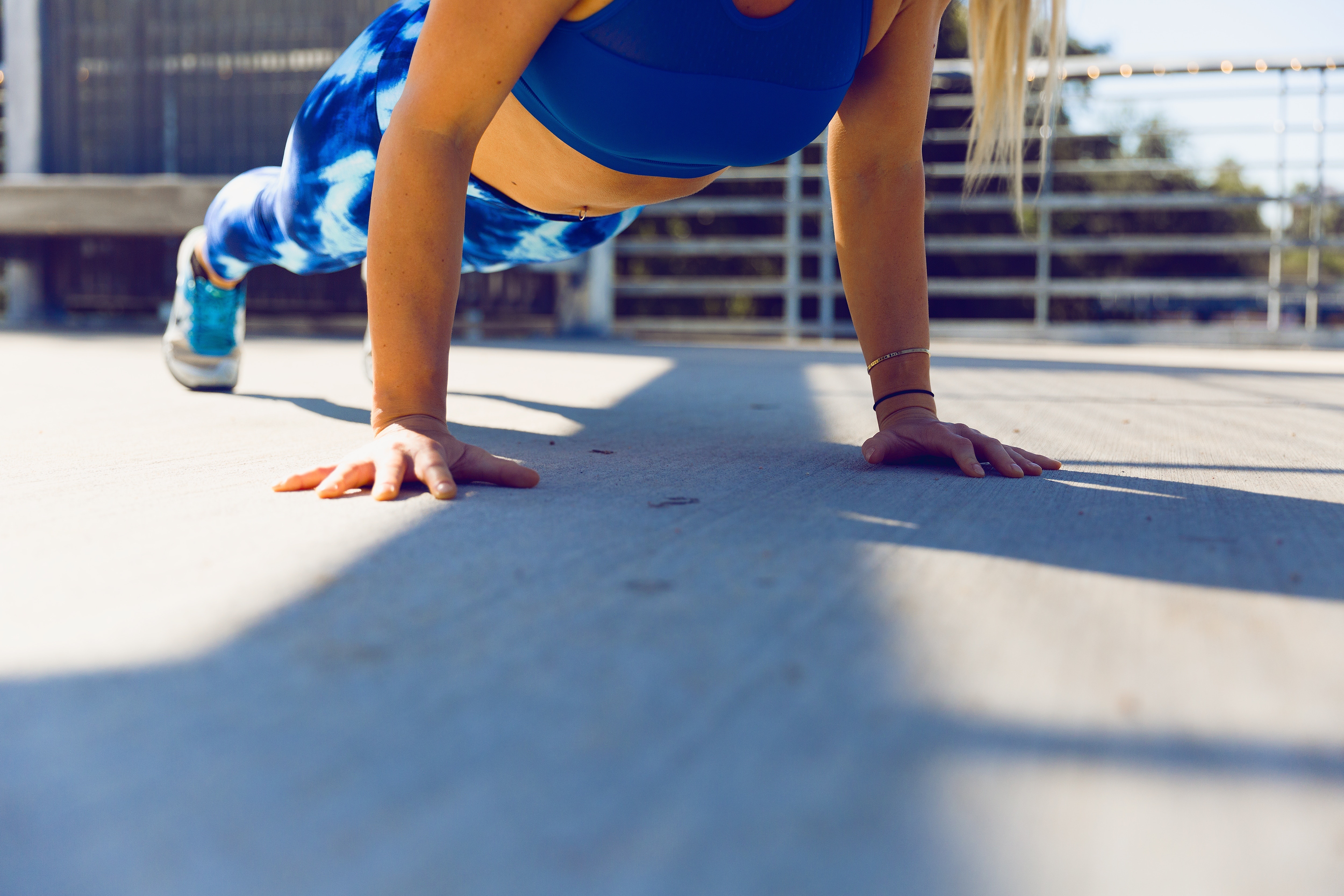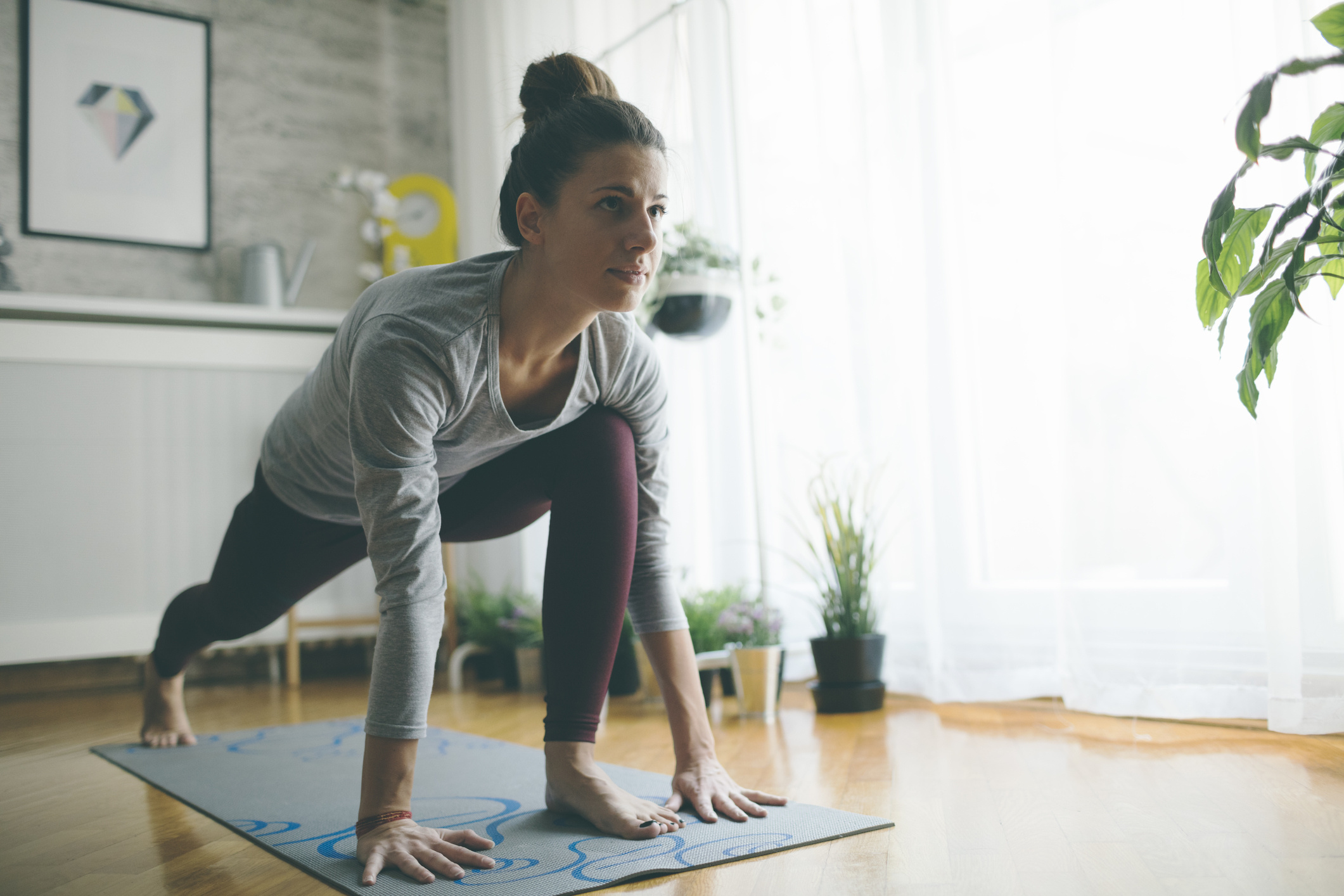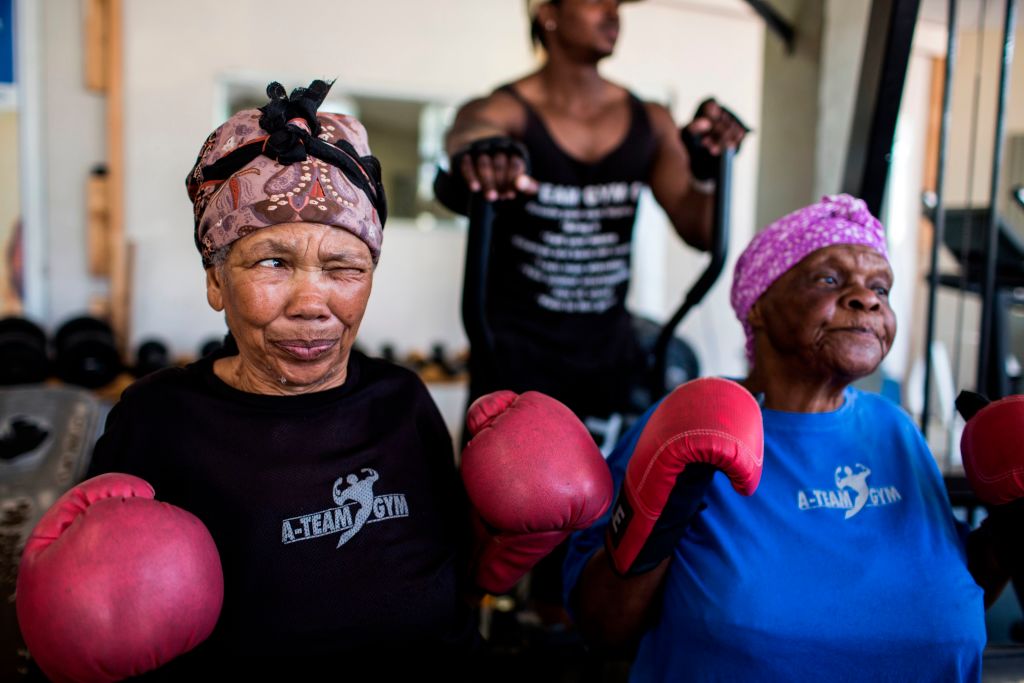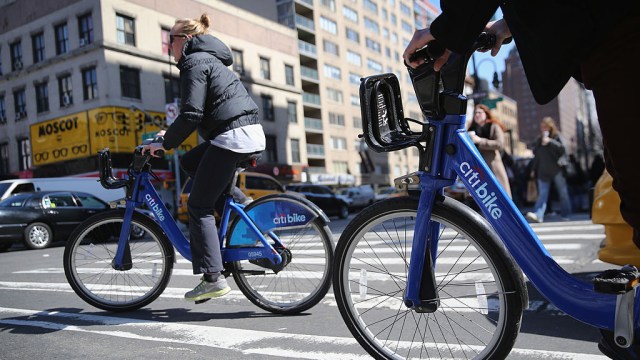No, Sixty Seconds of Exercise Is Not Enough for Optimal Health
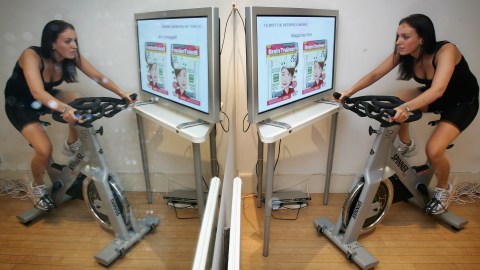
Last week the NY Times Well blog blew up after publishing perfectly executed click bait, entitled 1 Minute of All-Out Exercise May Have Benefits of 45 Minutes of Moderate Exertion. Like much of our fast-information, quickly-digested media, you could click through and read the report, or simply take the headline as fact.
And there were facts, as reported on this site yesterday. Researchers at Canada’s McMaster University found that a minute burst was equally effective as forty-five at a moderate pace. There is an evolutionary precedent: our ancestors needed their nervous systems in sympathetic mode at a moment’s notice, in case an animal or another tribe attacked. Our bodies are designed for high-intensity bursts of cardiovascular activity.
The problem with the way this study is presented is not the information itself. Sixty seconds does seem to help with cardiovascular fitness and insulin sensitivity. The real issue is thinking these are the only markers of health, as witnessed in Gretchen Reynolds’s opening statement:
For many of us, the most pressing question about exercise is: How little can I get away with? The answer, according to a sophisticated new study of interval training, may be very, very little.
Every year it seems the bar is lowered in terms of how much and how often we should move. This notion of ten-minute (or four-minute, or now one-minute) fitness is disturbing for a number of reasons. The reality is pedaling all-out for a minute on a stationary bicycle is not going to magically guarantee you optimal health.
First, let’s think about the vehicle. While I’m a fan of incorporating studio cycling into one’s exercise regimen, this is hardly an ideal mechanism to study fitness. As biomechanist Katy Bowman points out, “cycling athletes tend to have lower bone density than running athletes.” The push-pull motion on a stationary bicycle does not mimic a natural movement we’d need in the course of a day. She continues,
If you want your bones to stay dense enough to carry the load of your vertical weight, you must actually load them with your vertical weight.
Vertical weight is much more valuable to our daily movement patterns than being seated and, all too often, hunched over handlebars. No, the popular trend of loading your upper body while cycling is not the answer either, though Bowman does state that mountain biking creates more bone density than other forms due to the impact and diversity of the terrain.
Diversity is one of the most important words in modern fitness. Another issue with the presentation of this research is the notion that one form of exercise is enough. Again, think of how our ancestors moved: they pushed, they pulled, they squatted. None of these are necessary on a stationary bicycle, beyond the push-pull pattern of your legs. If we want our body to be in the best possible shape, we need to explore a wide range of motion.
When we exercise, our brain is flooded with brain-derived neurotrophic factor (BDNF), which Harvard clinical professor John J Ratey dubbed ‘Miracle-Gro for the brain.’ More recently he wrote that the main benefit of exercise is ‘improved neuroplasticity and neurogenesis.’ The more you exercise, the more your brain releases this protein, which has effects not only on your performance, but in helping your memory as well.
Cognitive impairment is very much tied into lack of movement. It’s not only important that we move as much as possible, but that we move as differently as possible. Constantly changing up your movement patterns results in more BDNF being released. Hop on a bike a few times a week for an hour—or worse, a minute—and you’re simply not going to maintain an optimal state of health.
That’s because, as Ratey writes, of hormesis. When we lift weights we cause temporary injuries to our muscles so they’ll grow stronger. This stress is beneficial; your body adapts to the new loads and new movement patterns you’re introducing. Repeat the same workout week after week and the benefits are not nearly as pronounced.
Working out in any capacity is better than not leaving your couch. This is obvious. But the NY Times article posits movement as a chore, not something to be enjoyed, which is the piece’s greatest flaw. If you’re approaching exercise as something that has to be done, you’re most likely not going to stick with it, or at the very least not put your heart into it.
But we evolved thanks to diverse movement. We’re not the fastest or strongest animal—in both cases we’re sadly lacking. What helped us rise to the top of this kingdom was our ability to endure and constantly invent new and diverse movement patterns. We can’t catch a horse in a sprint but we’ll surpass one in a marathon. And we can’t kill a bear with our hands but we can climb a tree and wait for it to stumble into a trap we designed.
You get out what you put in. High-intensity interval training is wonderful; I teach and practice it a few times a week. Studio cycling is a wonderful, community-building program—the community aspect is completely abandoned in the one-minute exercise mentality.
Exercise is supposed to support a healthy lifestyle, not be relegated to a separate domain of existence. If your fitness program is not helping you move better throughout your day, I’m not sure what the point would be. Sure, sixty seconds is better than none. Just don’t be fooled by the headlines. We are creatures of movement, and there’s no shortcut around that.
—
Image: Chris Jackson / Getty Images
Derek Beres is a Los-Angeles based author, music producer, and yoga/fitness instructor at Equinox Fitness. Stay in touch @derekberes.

